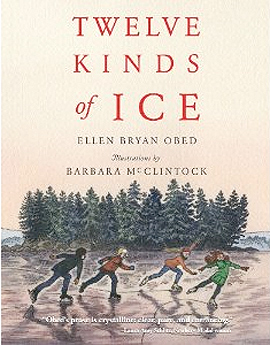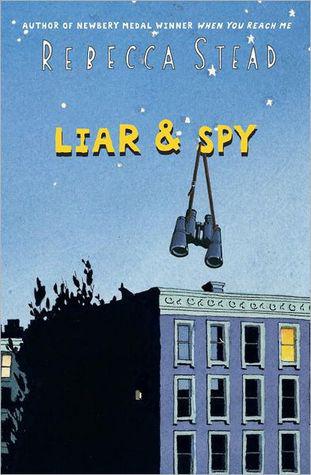Code Name Verity
by Elizabeth Wein

Maddie Brodart and “Queenie” AKA “Verity” AKA “you’ll bloody
find out later” meet while working as wireless operators for the Royal Air
Force during World War II.
Maddie
is an experienced pilot but has limited opportunities to fly because of her
gender; Queenie, who is super cool under pressure, is fluent in German.
Their friendship sparks when a confused,
wayward German pilot flies into British airspace, thinking he is over
France.
He came under fire, his crew
was killed and he lost an engine.
Maddie
gets his distress signal and coaches Queenie to give him the information he
needs to neatly land the plane and promptly be apprehended.
This impressive feat does not go
unnoticed by their superiors.
When
they are approached by a Special Operations Executive to join covert
operations, Maddie gets the opportunity to fly transport planes, and Queenie
can use her natural acting ability to become a secret agent. What more could a
descendant of William Wallace want?
Both eagerly sign up, but the exciting adventure they envision turns into
a terrible nightmare.
Code Name Verity
opens with Queenie being held by Nazi interrogators in Ormaie, France. Her captors give her a pen and paper so
that she can provide them any information that may be useful. After being brutally tortured, she does
give them sets of wireless code and uses the paper to slowly tell them her
story. Her narrative focuses mostly on her friendship with Maddie, but she drops
a few details about herself and her horrific imprisonment. Queenie documents how she and Maddie
came into Ormaie and how she was captured. Though some may consider Queenie a
turncoat, she does not give up her information easily. Using her intellect, Scottish defiance,
and cool resolve, Queenie keeps her interrogators and the reader questioning
who is really in control.
It is very difficult to write about this unique novel
without giving away its beautiful plot twists. There are hints in Queenie’s narrative that she might not be
the most reliable narrator, but Wein weaves a much more complex story than the
reader anticipates. This book is
not an easy read. For the first 57
pages, you’re not really sure who is the narrator. There are lots of literary and historical allusions to
Kipling, William Wallace, Mary Queen of Scots, Horatio Nelson, and Peter Pan,
just to name a few. There is also
a tremendous amount of detail about flying and airplanes, which threaten to
bore the reader to tears. The
narration is also often problematic. It’s hard to believe a torture victim,
soon to be executed, would waste so much time and paper on pointless
descriptions. I almost gave up on
this novel, but then those twists kicked in and I was hooked. Code
Name Verity is a book to be read multiple times and studied. Much like reading Yann Martel’s Life of Pi, if you can put up with the
sometimes confusing and seemingly superfluous details, you will be rewarded
with an amazing story.
Code Name Verity
is tale of friendship, loyalty and sacrifice. Using heroic
female protagonists, it shows the important role women played in
WWII. Wein’s
novel is not perfect, but it is very, very good. How often do you finish a young adult novel and feel the need
to immediately reread it? I’d say
that’s an impressive feat that should not go unnoticed.
4.5 out of 5 stars
Recommended for grades 10 and up
 On Friday, November 30, bestselling author Ally Condie came to Durham Academy as part of her national book tour in support of her new novel Reached. Condie spoke to a group of over two hundred 7th and 8th graders about the process of writing. She talked about how she uses places, people, events and other inspirations significant to her to shape her novels. During her entertaining presentation she encouraged the students to think about what they would like to create: music, writing, film, art, etc. She then explained how to incorporate personal experiences into their work to make their creations richer and more meaningful.
On Friday, November 30, bestselling author Ally Condie came to Durham Academy as part of her national book tour in support of her new novel Reached. Condie spoke to a group of over two hundred 7th and 8th graders about the process of writing. She talked about how she uses places, people, events and other inspirations significant to her to shape her novels. During her entertaining presentation she encouraged the students to think about what they would like to create: music, writing, film, art, etc. She then explained how to incorporate personal experiences into their work to make their creations richer and more meaningful.







































